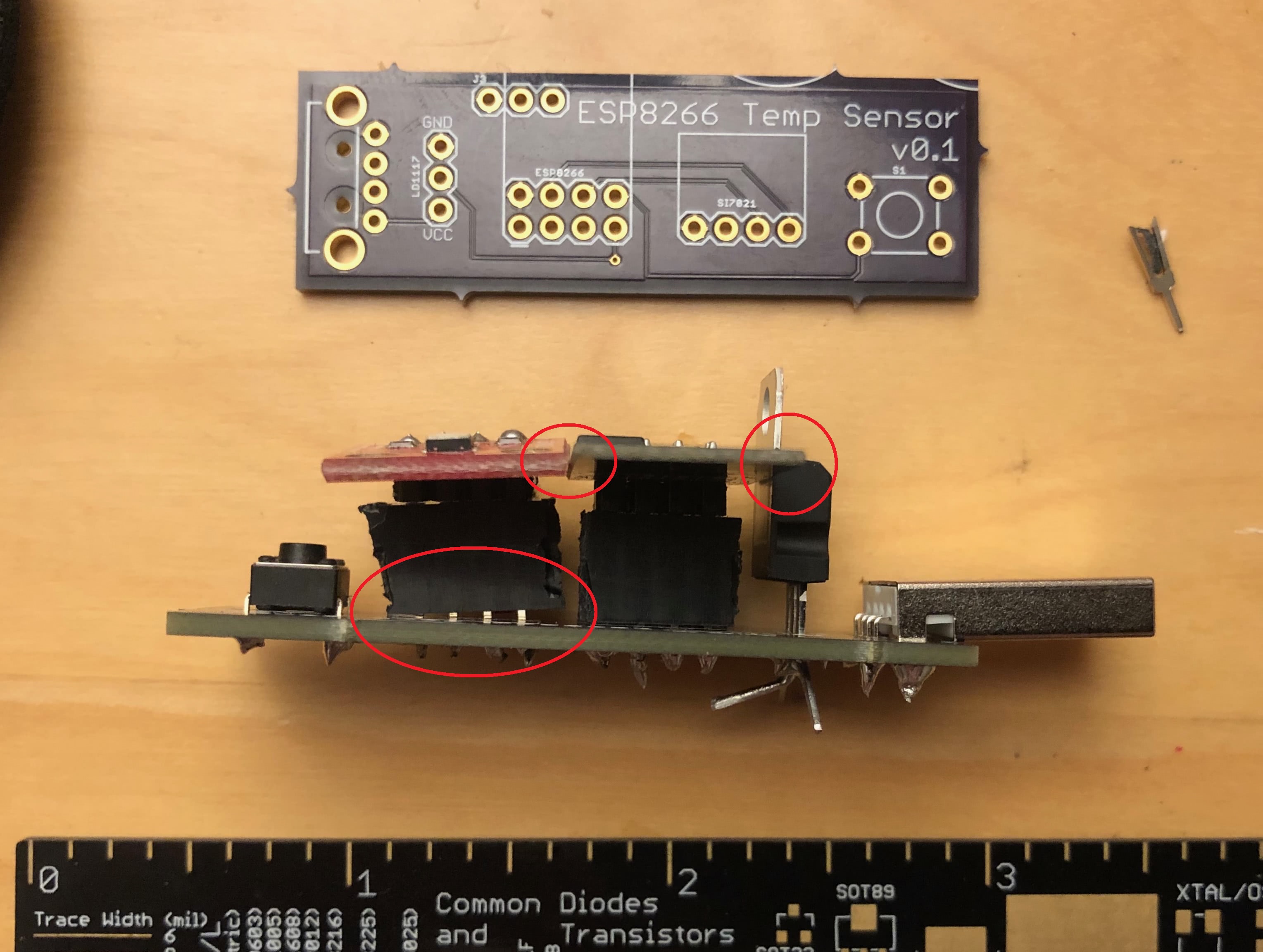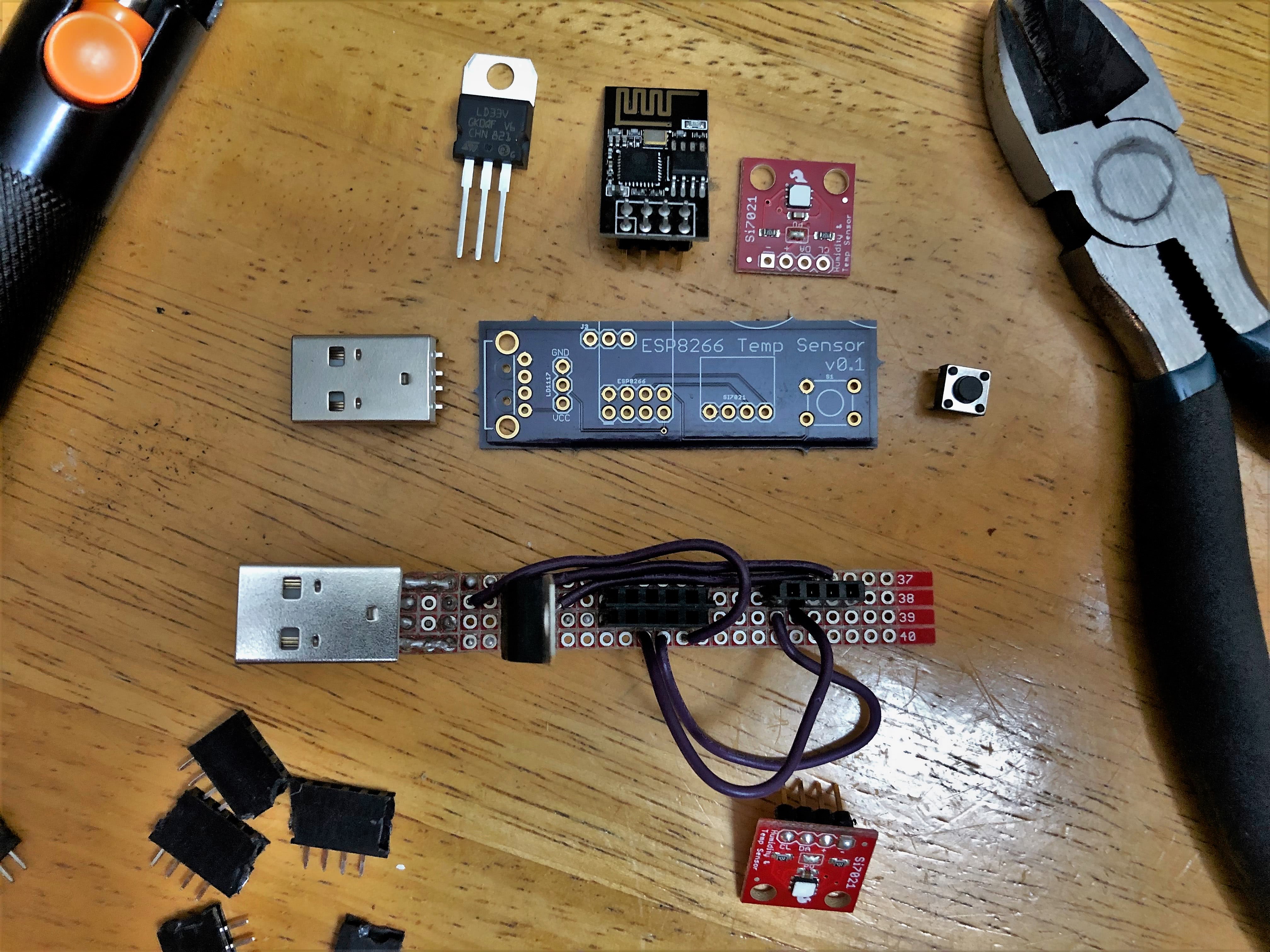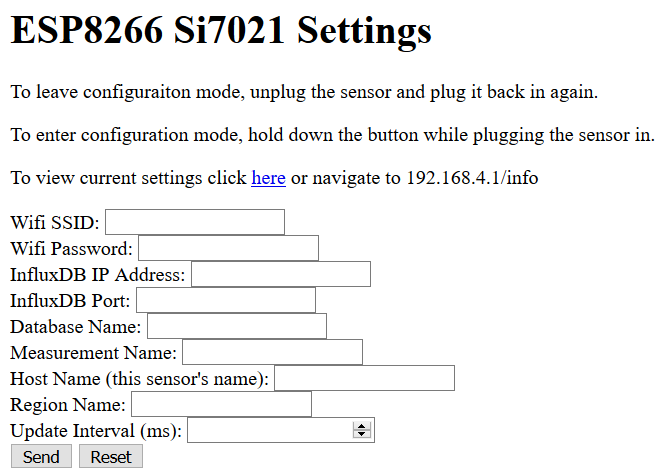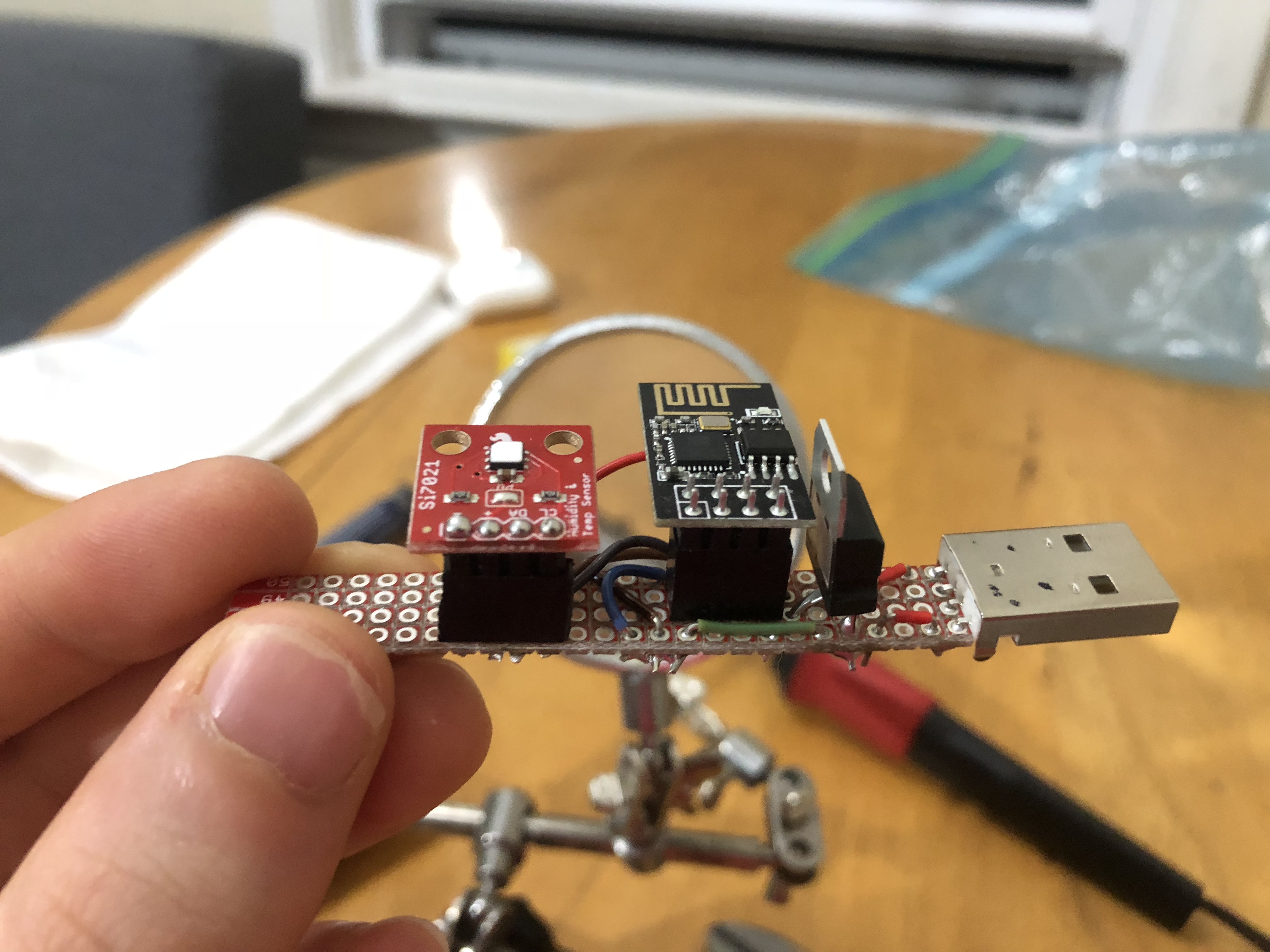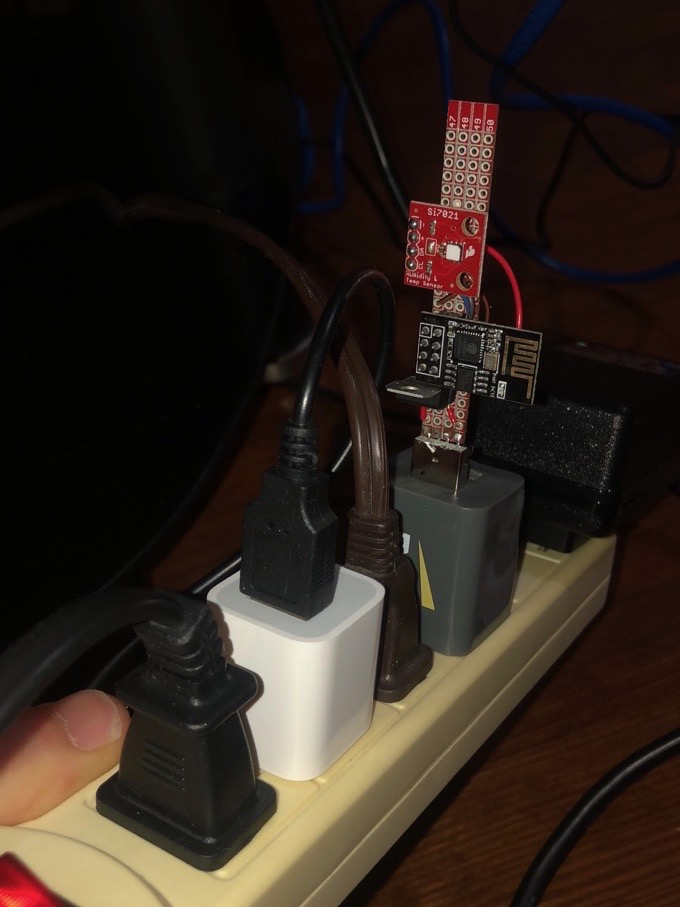A list of the Restructured Text Syntax and Sphinx roles that PyCharm supports in docstrings.
Be sure to set “Docstring format” to “reStructuredText” in setttings.
Function Parameters:
def do_the_thing(the_thing, another_thing=None):
"""
:param int the_thing: The thing's primary key
:param another_thing: A second thing to also do specified by an int or a string
:type another_thing: Union(int, string)
:returns: A string with the outpu text form running the thing
:rtype: str
"""
PyCharm will reorder the params in the documentation based on the order of the params in the function definition.
:param TYPE PARAM_NAME: DESCRIPTION
is a syntactic sugar for
:param PARAM_NAME: DESCRIPTION
:type PARAM_NAME: TYPE
and is functionally equivalent. The only exception is that in the shortcut the type can only be a single word. There is no syntactic sugar for specifying the return type and description on the same line.
Notes:
-
Multiple Supported Types
:type PARAM_NAME: TYPE_ONE or TYPE_TWO :rtype: TYPE_ONE or TYPE_TWOCan be used to list multiple types for a single parameter or return value. PyCharm will render this as
Union(TYPE_ONE, TYPE_TWO) -
List types
List types can be specified by
list[str].
Default Role
The default restructured text role `surrounded by backticks` has no meaning in restructured text and can be used for anything. It can be a nice way to indicate that you are referring to a python variable, method, or parameter. PyCharm will italicize any text surrounded by backticks.
Transitions
PyCharm will render a horizontal line based on any four or more repeated punctuation characters
Lists:
Bullet list
- This is a bullet list entry
- This is another bullet list entry
* Stars also work for bullet lists
Enumerated List
Enumerated lists do not work. The following:
1. This is an enumerated list item
2. This is another
#. This item should be auto enumerated with the number '3'
renders as follows:
. This is an enumerated list item
. This is another
. This item should be auto enumerated with the number '3'
Something is happening because item is placed on a new line, but it does not render as a numbered list
Definition List
doe
A deer, a female deer
ray
A drop of golden sun
me
A name I call myself
will render properly.
Option List
Useful for listing command line arguments. Must be at least two spaces between the definition and the description.
-a this flag sets the variable a
-b filename sets the variable b to the provided filename
--input=other this will also render correctly
/V even DOS/VMS-style options will work
-c long descriptions can be
broken over multiple lines
Linking:
Sphinx defines several roles for the Python domain:
- :py:mod: for modules
- :py:func: for functions
- :py:data: for a module-level variable
The full list is available in the Sphinx docs
PyCharm supports a small selection with a slightly different syntax as listed below.
Linking to a class
:class:`SomeClassName`
This does not work inside of :param:, :type:, :return: descriptions.
Linking to an Exception
:exc:`SomeExceptionName`
This does not work inside of :param:, :type:, :return: descriptions.
Linking to a URL
http://someurl.com
`Link Name <http://someurl.com>`_
This does not work inside of :param:, :type:, :return: descriptions.
Math
Inline Math Formatting
PyCharm will italicize the following and make the powers into superscripts.
:math:`a^2 + b^2 = c^2
Other Semantic Markup
Sphinx has a selection of other miscellaneous roles documented here. The ones PyCharm supports in docstrings are listed below.
Linking to a PEP
:pep:`8`
Linking to an RFC
:rfc:`1462`
Other supported Restructured Text features
Restructured Text features that aren’t supported:
As of Dec 2019
- Line blocks
- Block quotes
- Doctest blocks
- Tables
- They kind of work because of the headers, but they’re not great.
- Field lists
- Footnotes
- PyCharm tries to make them into external links which fails.
- Sidebars
- Line Block


